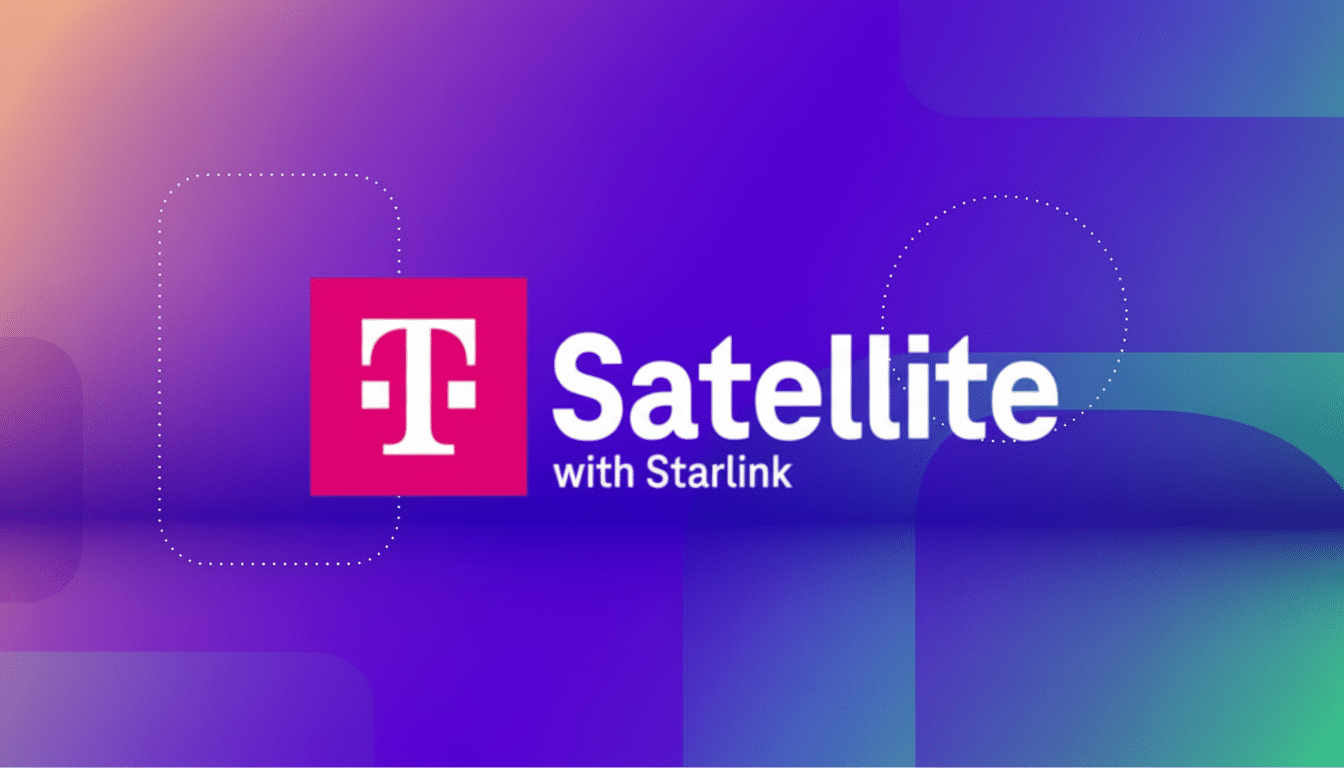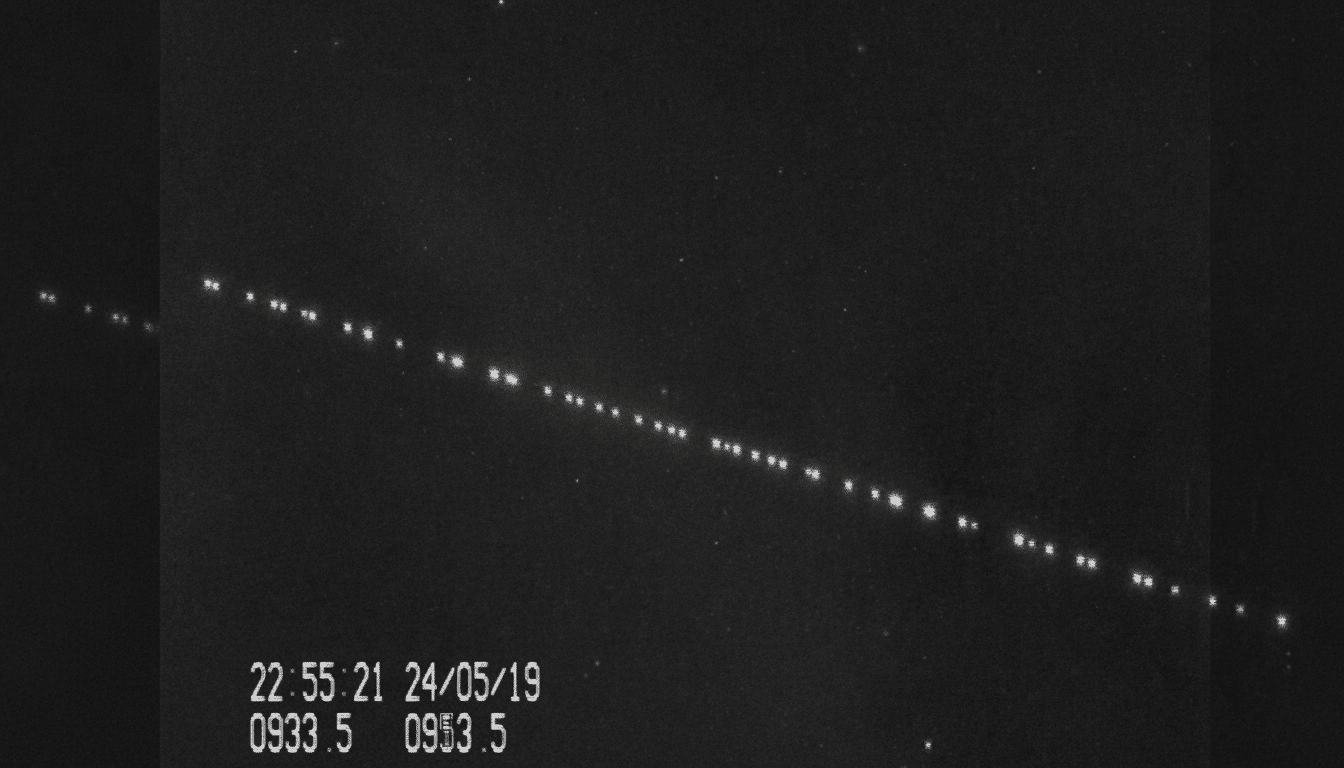Anyone can now use T-Mobile’s satellite Text‑to‑911 service for free, not just customers of the carrier — even those on Verizon and AT&T wireless services. The enhancement effectively broadens an emergency lifeline into a cross-carrier safety net for people on the move, those who live where poor cell-tower coverage exists, or individuals whose employment takes them beyond stable mobile network connections.
There’s one catch: you’ll need to sign up before you actually need the coverage.

How T-Mobile’s satellite Text-to-911 service works
The service is based on T-Mobile’s T‑Satellite platform that connects regular phones to SpaceX’s Starlink low‑Earth orbit network. The coverage area is roughly 500,000 square miles of the U.S. where terrestrial signal simply doesn’t reach. Once your phone is enrolled, it will automatically attempt to join “T-Mobile TXT911” when you’re off-grid. On Android, a satellite icon will be visible, while on some iPhones, the status may say LTE yet still travel over satellite.
When connected, you can text 911 for emergencies, 988 for the National Suicide & Crisis Lifeline, 838255 for the Veterans Crisis Line, and 611 for T-Mobile customer care. Messages are tailored to low bandwidth and may be transmitted in bursts when the satellite link is up, which means that compact messages enhance reliability.
Who can use it and what you need to enroll and connect
Registration is available to anyone, not just T-Mobile customers. You must not be a T-Mobile or Sprint customer, and you need an unlocked phone with eSIM available. You also need a compatible device; several recent high-end Android phones and iPhones are supported, though newer iPhone models with Apple’s Emergency SOS via satellite or Google’s latest Pixel devices with Satellite SOS run their own emergency paths.
Those who do not have T‑Satellite included in their plan can also opt into emergency texting at no extra charge. T‑Satellite features broadly launched across the country earlier this year, either as part of a plan or via a $10 additional monthly fee, but the 911 and crisis‑texting capability is being carved out as a free public‑safety feature.

Why this move matters for safety and rural coverage gaps
Text‑to‑911 has grown steadily from the ground up — industry groups say a large majority of U.S. Public Safety Answering Points support it now — but coverage remains spotty, especially in rural counties, where gaps in connectivity can be deadly. Bringing satellite fallback to users on competing networks helps bridge that gap without waiting for a local buildout.
It’s not hard to imagine real‑world scenarios. A backcountry hiker loses visual contact with any tower. On an unlit highway, a winter driver spins out. Once enrolled, a short text with location and nature of the emergency can make it through a satellite link rather than becoming stuck in “No Service.” Search‑and‑rescue teams and emergency managers agree that minutes count when people may be trapped underground, the first few especially: even three or four fewer minutes can make a difference in whether people live or die.
The bigger race: to space and broader mobile coverage
Carriers throughout the industry are in a race to weave satellites into everyday phones. AT&T has been testing direct‑to‑cell services with AST SpaceMobile, and has shown off voice calls as well as 5G links from space. Apple’s Emergency SOS via satellite, run in partnership with Globalstar, has already reported rescues from the remote Kate Granger Mountain Route. T-Mobile’s decision to make emergency satellite texting free to everyone also sets a new bar for what consumers will come to expect as these service networks mature.
It’s also consistent with public‑safety priorities. The FCC has been calling for next‑generation 911 functionality to become more widespread in the United States, while emergency communications groups have pushed for off‑the‑grid resilience that doesn’t rely on towers after natural disasters take them out. By relying on a constellation of LEO satellites, T-Mobile gains redundancy that augments — not replaces — terrestrial networks.
What to do now to prepare and use satellite Text-to-911
If you spend time beyond reliable coverage — on road trips, at national parks, or at job sites in the middle of nowhere — sign up before you need it. Send short texts, be specific about your location, and stand in an open area for a less obstructed view of the sky if possible. This free setup could be the difference‑maker between making it through and being stranded for many people without the latest iPhone or Pixel.

